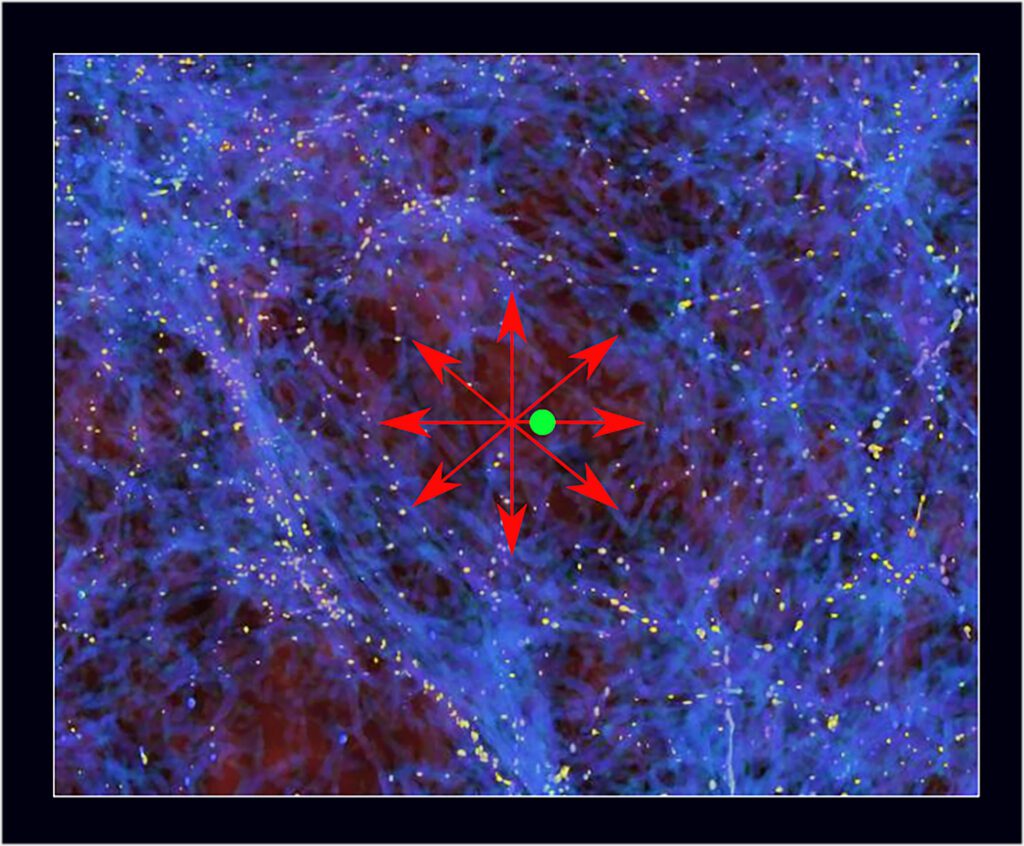Cosmologists have long faced the “Hubble tension,” a discrepancy in the measured and predicted expansion rates of the universe. Recent analysis presented at the Royal Astronomical Society suggests that the Milky Way may reside in a vast, low-density region, or “void,” influencing local galaxy speeds. This could explain the faster observed expansion rates without altering established physics.
The Hubble constant values derived from measuring nearby galaxies are around 73 km/s/Mpc, while calculations based on cosmic background radiation yield about 67 km/s/Mpc, creating a mismatch. The proposed void, characterized by a density about 20% lower than average, could account for this by creating a gravitational pull that accelerates nearby galaxies.
Further evidence comes from examining baryon acoustic oscillations (BAO), which act as standard rulers in measuring cosmic distances. Analyzing BAO data suggests that the void hypothesis may be significantly more probable than the standard cosmological model.
Despite skepticism, this idea is being explored because it is falsifiable: future measurements could either support or disprove it. The results of upcoming research could reshape our understanding of the universe’s structure and expansion history.
Source link


